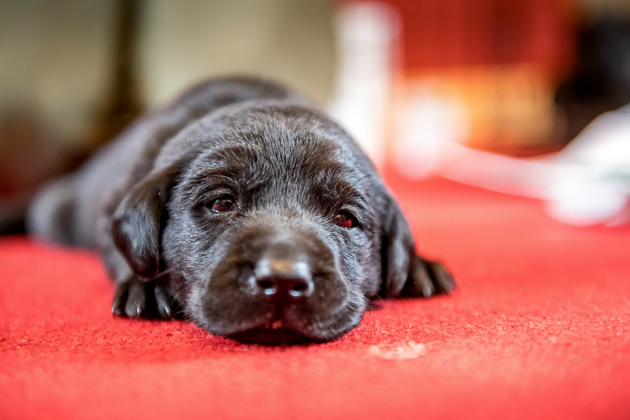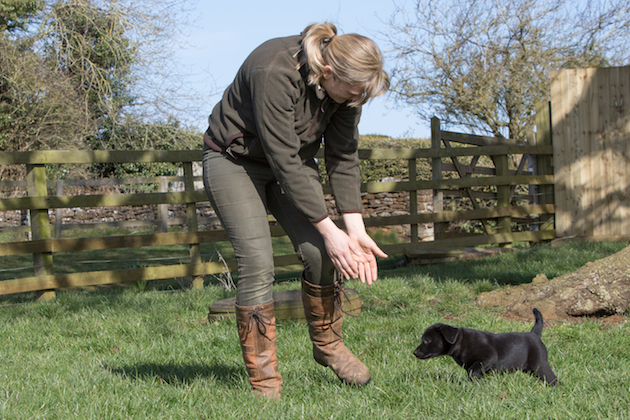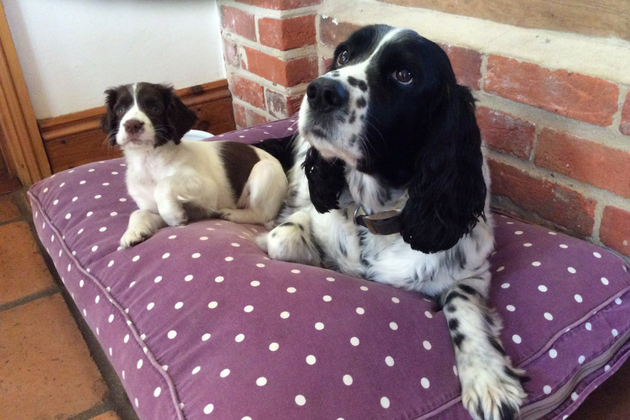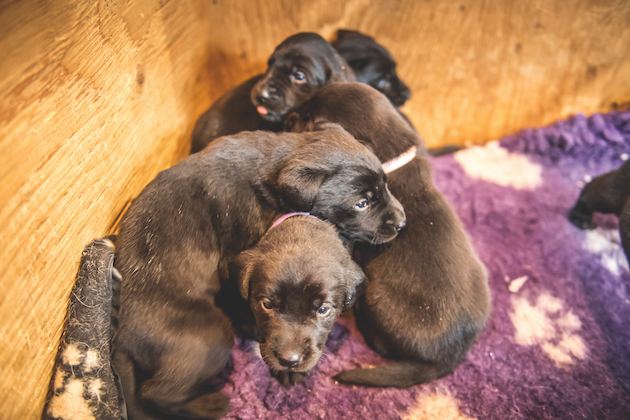Which gundog puppy will be pick of the litter?
Q: How do I going about choosing a puppy from the litter? I’m planning on breeding gundog puppies from my…
Win CENS ProFlex DX5 earplugs worth £1,149 – enter here

First of all, you need to decide which gundog breed will suit your shooting needs and also your life. When choosing a gundog puppy breed remember that most gundogs are only out in the field for three or four months a year. So how are you going to occupy the dog the rest of the time?
How large is your garden? Do you live in a very rural setting or in a town? Can you cope with a high energy dog like a working cocker? Make sure you pick a puppy with a personality that will suit yours. If you like everything to be exact and precise, then a retriever breed may suit you.
Once you have decided on the breed you want, the colour and the sex, you should try to see both parents. Seeing them in the action in the shooting field or at field trials is ideal.
Health testing has become a big issue in most of the gundog breeds. Research into your chosen breeds so you can make an informed decision.

Take note of how the puppy walks and runs
Spring or early summer are the best time for most people. Practical matters like house training and developing basic retrieving skills are more difficult in winter. In addition if you get a puppy in the spring your dog should be good to go the season after next.
This is probably the most important decision you’ll make. Word of mouth is the best way and always see the mother with the puppies. Never buy a puppy unseen online.

Always see puppies with their mother
Always meet the puppies in person. See how happy and friendly they are. Watch out for nerves or unnecessary noise. Ask the breeder what they hoped to achieve by putting together the parents.
When you are looking at puppies, don’t just buy the first one you see — it is easy to be tempted as they are all so enchanting. Take your time and, if possible, have someone knowledgeable with you. Ask the breeder to put away the ones that are not the colour, markings or sex you are after. Watch the rest to see what each puppy does: one may make straight for the feed shed, while one jumps up at your legs, or hides in a corner. Don’t dismiss any at this stage.

Ask if you can handle them and pick them up one by one. Hold each puppy up to face you first to see if you like its expression and if it has a dark eye. This does not apply to Weimaraners as they are supposed to have amber or blue-grey eyes and some liver- and-white spaniels have light brown eyes. See if the front teeth meet in a scissor bite (the top incisors just overlapping the lower).
Turn the puppy to one side to see if that view is pleasing. Turn back the coat of the flank just in front of the hind leg: if it is thick here it will usually end up being thick all over.
Check for umbilical hernias. This can be felt as a swelling protruding from the belly, about the size of a pea. A small hernia shouldn’t be a concern, but a larger one may need surgery. Lay the puppy on its back on your lap; if it struggles to right itself and escape, it may not be as easy to train as a quiet, accepting animal.
Q: How do I going about choosing a puppy from the litter? I’m planning on breeding gundog puppies from my…
Nobody said puppy training is easy – just make sure you don’t make it unnecessarily hard for yourself.
Get the latest news delivered direct to your door
Discover the ultimate companion for field sports enthusiasts with Shooting Times & Country Magazine, the UK’s leading weekly publication that has been at the forefront of shooting culture since 1882. Subscribers gain access to expert tips, comprehensive gear reviews, seasonal advice and a vibrant community of like-minded shooters.
Save on shop price when you subscribe with weekly issues featuring in-depth articles on gundog training, exclusive member offers and access to the digital back issue library. A Shooting Times & Country subscription is more than a magazine, don’t just read about the countryside; immerse yourself in its most authoritative and engaging publication.

